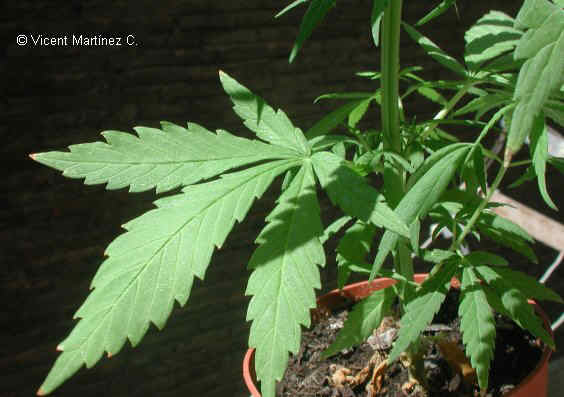Contents
Characteristics of Chrysanthemum maximum
Botanical description of the max chrysanthemum
Common name: Giant marguerite, max chrysanthemum, Shasta daisy (Leucanthemum x superbum).

– Spanish: Crisantemo grande, margarita gigante, manzanillón.
Scientific name: Leucanthemum maximum DC. = Chrysanthemum maximum L. Both names are taxonomic synonyms.
Etymology: The term Leucanthemum derives from the Greek word leukos, meaning white; and anthemon, flower; referring to the white flowers of this botanical genus.
Family: Composites
Origin: It is believed to be a native plant of the Pyrenees, between the southern area of France and northern Spain. It grows in full sun. Frost resistant. Some authors consider it a variety of daisy (Leucanthemum vulgare).
Physical characteristics of max chrysanthemum
The max chrysanthemum or giant marguerite (Leucanthemum maximum) is a perennial plant 60-80 cm tall, belonging to the botanical family of composite plants.
It is a plant with erect, hairy stems. Rhizomatous roots, which can form clumps up to 2 metres long.
Its leaves are alternate, spatulate. The lower ones have sharp toothed margins, while the upper leaves have very short teeth.
The inflorescence of this plant is typical of composite plants, and is called a capitulum.
This receptacle is usually showy in this species of daisy, with a diameter equal to or greater than 5 cm.
Radiate flowers, that is, in the center of the floral head there are hermaphrodite tubular flowers, yellow in color, and on the periphery there are female ligulate flowers, with ligules that look like petals. The petals of this species are white, and it is the part of the flower that we pluck from the daisy.
It is a self-fertile or hermaphrodite plant, which is pollinated by insects: bees, flies or beetles.
It blooms from June to September.
The fruit is a 10-ribbed indehiscent achene, containing a seed inside.
Varieties of max chrysanthemum

In the image: max chrysanthemum Esther Read: Pompous flowers, with stellate petals and compact flower bud. For some, it is one of the most beautiful varieties.
- Alaska: Terminal and solitary flowers, 12 cm. long.
- Little Muss Muffet: terminal flowers, with short floral peduncle and low height.
Max chrysanthemum care
- Pinching: Pinching is used to promote the buds and lateral branching of the plant. In this way, the result is a more pompous and bushy plant, shorter and more decorative in size, which better resists strong winds.
- Against frost: Chrysanthemum is a plant sensitive to cold, especially when it is in flower. It is recommended to cover the plant with a plastic sheet at night if temperatures are very cold. With mild temperatures, the flower can be maintained almost all year round. The soil can also be covered with straw to protect the plant from the cold.
- Do not apply fertilizers during cold seasons: The fertilizer stimulates the growth of young stems, which in turn are the most sensitive to winter frosts. It is recommended to stop fertilizing and protect the plant from low temperatures.
- Pruning: it is recommended to periodically cut the withered flowers of the plant. This care favors the flowering of the new shoots of the plant and its rapid development. Avoid pruning in the cold months or in winter.
- Cut the inner branches of the bush to allow more ventilation for the plant and air circulation. If the plant is very bushy, side branches can be cut and placed in a vase to decorate the house.
Botanical Classification of max chrysanthemum
| Botanical classification | |
| Kingdom | Plantae |
| Subkingdom | Tracheobionta Vascular plants |
| Superdivision | Spermatophyta Seed plants |
| Division | Magnoliophyta Flowering plants |
| Class | Magnoliopsida Dicotyledons |
| Subclass | Asteridae |
| Order | Asterales |
| Family | Asteraceae or Compositae |
| Subfamily | Asteroideae |
| Tribe | Anthemideae |
| Genus | Leucanthemum |
| Species | L. maximum |
![]() More information on chrysanthemum
More information on chrysanthemum









